SUMMARY
This is AI generated summarization, which may have errors. For context, always refer to the full article.
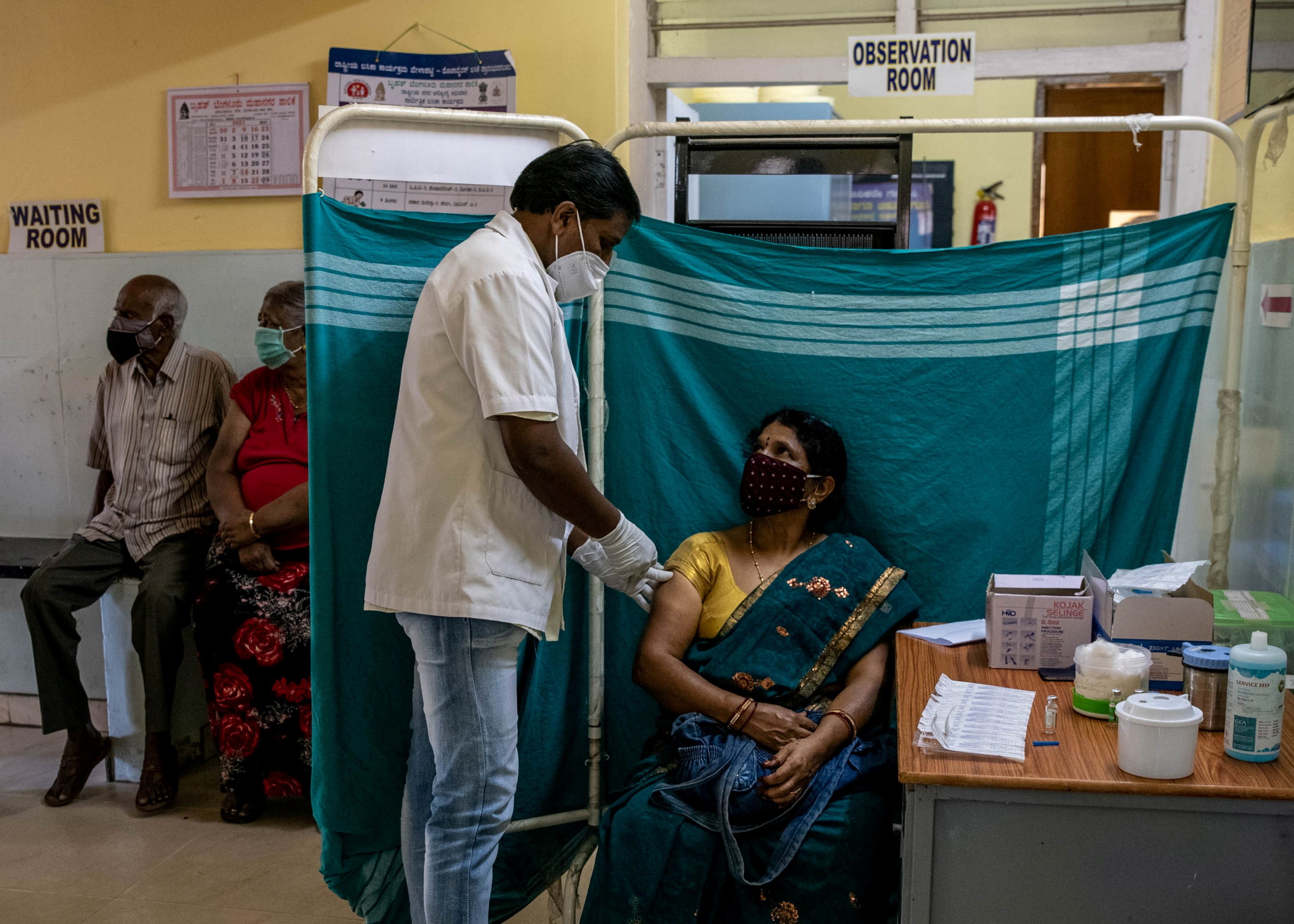
Zenaida Rizaldo is used to being alone.
Before the coronavirus pandemic, the 58-year-old overseas Filipino worker (OFW) would sometimes turn down requests from friends to visit her place in New Delhi, India, on Sundays because she would much rather keep to herself and rest on her days off.
But even for a person comfortable with solitude, two years is still too long a time to be away from family. In July, it would be two years since Rizaldo last went home to the Philippines to see her family.
“Dapat uuwi ako ngayong July, pero malabo (I’m supposed to go home this July, but it’s unlikely to push through),” Rizaldo, a technical manager at an export house in New Delhi, told Rappler.
The Philippines has banned travelers from India since April 29, 2021, to prevent the entry and spread of the Delta COVID-19 variant in the country. On June 29, the monthslong ban was extended again for another two weeks.
OFWs like Rizaldo can return home, but they would be subject to testing and quarantine protocols.
“Nakakatakot ding umuwi. Kagaya ko, manggagaling akong India, mamaya may sumama pang variant sa akin. Tapos pagbalik mo dito, ika-quarantine ka, so almost a month ang mawawala sa ‘yo,” she shared.
(I’m afraid to go home, especially since I’m coming from India, I could bring a variant with me. Then I’d have to quarantine again when I go back here, so I’d lose almost a month of vacation days.)
For now, she’d have to settle for video calls with her two-year-old grandson – her “happy pill” – whom she has yet to see in person. It’s these video calls with family that also got her through her bout with mild COVID-19 in 2020. It was a physical and mental battle that Rizaldo had to face alone.
“The [weakness] is there, but I always think that I need to survive, I have to go home alive…. I felt that for almost a month, but I didn’t pay much attention because if I did, who would help me?” she said in a mix of English and Filipino.
Aside from her family back home, she also turned to prayer and her Filipino friends in India whenever the disease took a toll on her mental health. She would later draw from her own experience to help other Filipinos during India’s deadly second COVID-19 surge in 2021.
‘No one was ready’
“We thought last year was really bad, but this year was really bad…. Last year was nothing compared [to] now,” Rizaldo said.
During the peak of India’s second wave in May, the country reported daily global records of 414,188 cases and 4,529 deaths.
In Rizaldo’s workplace, the second surge looked like this: when a person from one department tested positive, four others from the same department would end up testing positive too. Worse, some would also infect their family members.
“During the peak, the health system was overwhelmed due to the large number of COVID-19 critical patients who required oxygen, the oxygen beds were not enough to supply the demand,” said Mabel Morales, a Doctors Without Borders (MSF) medical coordinator in India. MSF is operational in India’s financial capital Mumbai, managing six medical wards in one of the city’s COVID-19 hospitals.
In a May 13 dispatch, Morales had shared about the team working six days a week in eight-hour shifts. Before the surge, MSF teams had already concluded their support to the COVID-19 center in Mumbai in mid-February “as we had hardly any cases.”
“No one was ready for the second wave. It caught everybody by surprise. In a very short time, it’s turned into a major crisis. It’s so much worse this time and it was so sudden,” Morales had written.
Morales told Rappler that among the challenges their medical team had to face in Mumbai were frequent changes in guidelines and protocols, and the difficulty to convince the community to approach health facilities earlier.
“Unfortunately patients arrived late with low oxygen level. This put stress on the need for hospital beds when patients were critical,” she added.

Dilip Bhaskaran, MSF’s project coordinator in India, said preparedness to deal with the second wave was “low,” with authorities releasing trained medical staff after managing and reducing cases during the first wave. This resulted in a shortage of trained medical staff for the second wave.
With most health facilities in rural areas focused on providing COVID-19 care, Bhaskaran said they saw on the ground regular non-COVID-19 programs that were “not functional at all.”
“[This] created other health problems like pregnant women deliver at home, patients with chronic diseases lost the opportunity to follow up, malnourished children were discharged from the IPD wards due to COVID,” he explained.
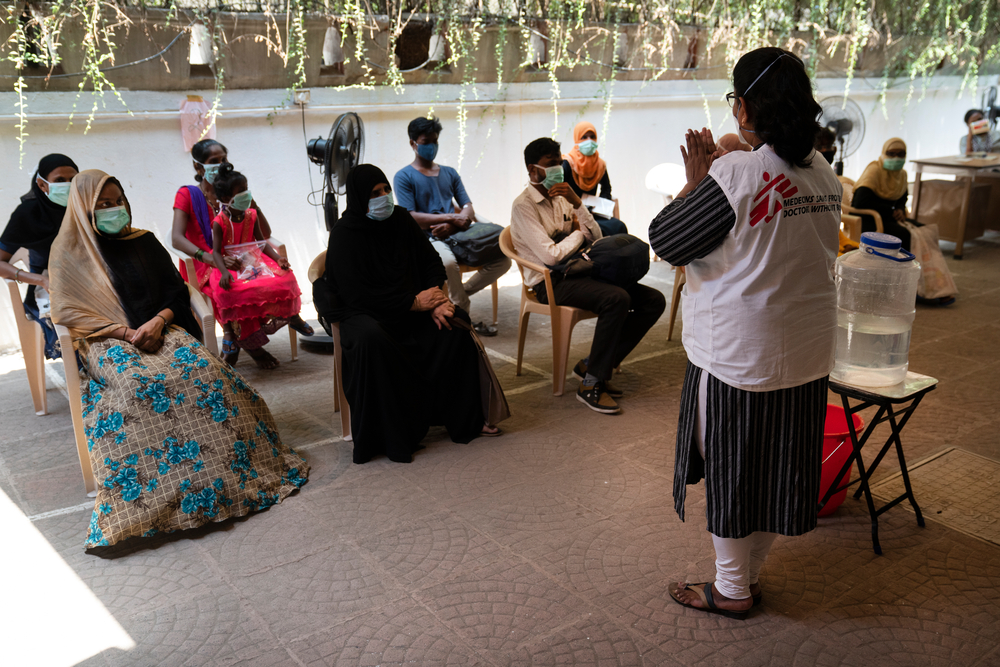
Lessons learned
Health workers on the frontlines, as well as the Filipino community in India, have seen firsthand how the pandemic could spiral out of control when people become complacent.
As chaos ensued in India’s hospitals, graveyards, and crematoriums, Filipinos there banded together to survive the surge.
With around 3,000 Filipinos in the South Asian country – 20% are OFWs, while 80% are married to Indians – the Philippine embassy created WhatsApp COVID-19 support groups for each state to cater to Filipinos during the lockdown.
“Kung sino ‘yung nangangailangan ng tulong, mag-message ka doon o ‘di kaya magbigay ka ng advice…. [Nung] kailangan ng oximeter, may nagpadala agad ng oximeter. Nung kailangan ng pera pambayad sa ospital, direkta na pinapadala sa mga tao,” Rizaldo said.
(Whoever needs help can send a message there, while others can give advice…. Once, when someone needed an oximeter, a person in the group immediately sent one. When someone needed money to pay the hospital, people in the group directly sent their help.)
When a member of the community from Hyderabad became critically ill, Rizaldo said Filipinos chipped in to pay for the hospital expenses, and she survived. In another instance, members from as far as Rajasthan and Bangalore ordered groceries online and had them delivered to families of liver transplant babies in New Delhi who were affected by the surge.
“Madaling humingi ng tulong dito (It’s easy to ask for help here),” she shared.
As the second wave appears to abate – India reported over 45,000 new cases and 817 new deaths as of June 30, according to the country’s health ministry – experts now warn against a third wave of infections that is likely to hit the country by October, although they predict that the new outbreak would be better controlled.
Earlier this month, India’s central government had urged states to carefully reopen from lockdowns, even as it declared a new coronavirus variant, identified locally as “Delta plus,” to be of concern.
“With the prediction of the third wave, we see that lessons [learned] are taken seriously, and the authorities are trying to prepare for the predicted third wave,” Bhaskaran said, noting that the country must “prepare on a larger scale than existing medical infrastructure…and develop quality medical human resources.”
His colleague Morales, meanwhile, said an emergency response and preparedness plan for COVID-19 should be in place in all health facilities, ready to be activated in case of the next wave.
“COVID-19 vaccination must continue, especially with the most vulnerable population. Expand the capacity of oxygen beds in the health facilities and ensure adequate supply of oxygen, not only in urban areas but also in rural areas. It’s also important to have a psychosocial plan of intervention for patients, relatives, and health staff,” she added.
These lessons could very well apply to any country that is likely to face another surge, such as the Philippines, where infections have been decreasing since peaking in April.
An expert from the Philippines’ Octa Research group had warned that the original Delta variant first identified in India and now becoming globally dominant could cause a surge worse than what virus epicenter Metro Manila saw earlier this year.
“While cases are low, all countries should make the most of their resources to prepare for a possible resurgence,” experts from the Washington-based Center for Global Development wrote in May as they warned against a “complete return to normality.”
“Decision-makers cannot afford to be complacent to the risks of subsequent waves; mechanisms for early detection and preparedness will be key to preventing deaths and wider socioeconomic impacts,” they added.
Home
Both India and the Philippines are among the lowest of 53 major economies in Bloomberg’s latest Covid Resilience Ranking – which means both countries are among the worst places to be in during the pandemic.
Still, Rizaldo considers both India and Philippines her home; the first is where she’s worked in for the last 21 years, and the second is where she plans to retire soon.
“Kung hindi nga lang nagkaroon ng pandemic, sabi ko sa Christmas gusto ko pupunta dito ‘yung buong pamilya ko kasi winter is really winter here; gusto kong ma-experience nila. E kaso sa ganitong sitwasyon…. Pero plano ko talaga ‘yun, na bago ako mag-retire, lahat sila papupuntahin ko,” she said.
(If not for the pandemic, I would have brought my entire family here for Christmas because winter is really winter here, and I want them to experience it. But it’s unlikely to happen with the situation right now…. But that’s my plan before retiring, to bring them all here.)
Rizaldo also misses her pre-COVID life in India, when she and her Filipino friends – a group called “Potluckers” – would gather once a month to do what most Filipinos do when together: eat, sing, and play games.
“Masaya, kasi may kanya-kanyang…. ‘O sige ito dadalhin kong pagkain,’ ‘O sige gawin natin sa bahay na ‘to.’ So we do it in one of the houses of the group, tapos dadalhin ko yung Magic Sing ko, may kantahan, may laro, masaya. Makakalimutan mo na nasa India ka,” she recalled.
(It was fun because we each had our own task… ‘Okay, I’ll bring this food,’ ‘Okay, let’s do it in this person’s house.’ So we’d do it in one of the houses of the group, I’d bring my Magic Sing, there’s singing, there were games, it’s fun. You’d forget you’re in India.)
While Rizaldo remembers those days fondly, she believes life post-pandemic – whether in India or the Philippines – will never be the same again. – with reports from Reuters/Rappler.com
The line graph for the daily new confirmed COVID-19 cases in India and the Philippines comes from Our World in Data.
Add a comment
How does this make you feel?

![[Free to Disagree] Sabwatan ng mga doktor at drug companies](https://www.rappler.com/tachyon/2024/04/tl-sabwatan-doktor-drug-companies-April-22-2024.jpg?resize=257%2C257&crop=292px%2C0px%2C720px%2C720px)
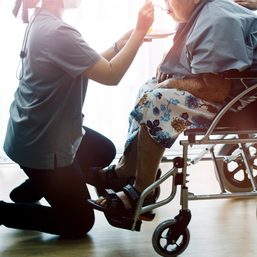

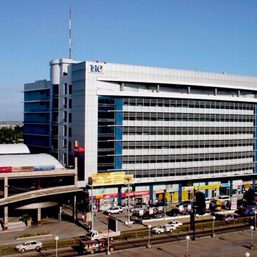
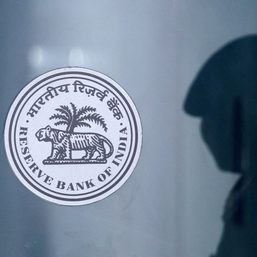
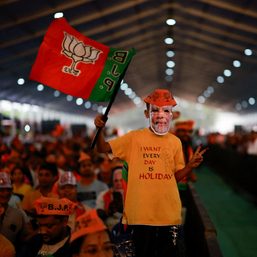

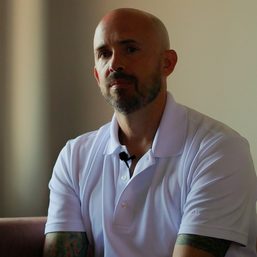
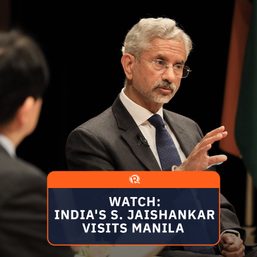
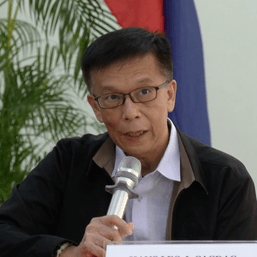


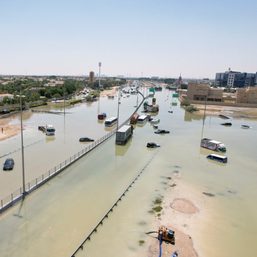
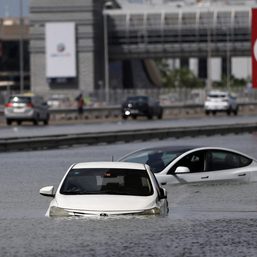
There are no comments yet. Add your comment to start the conversation.